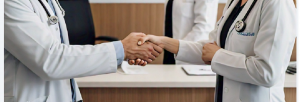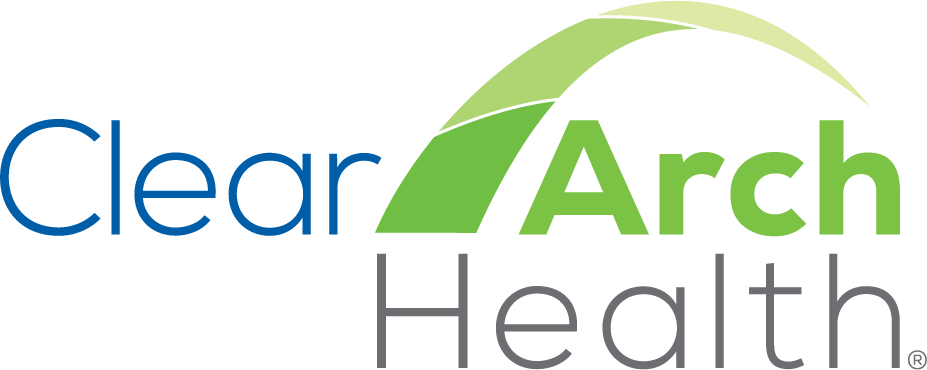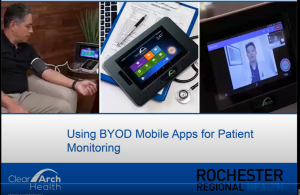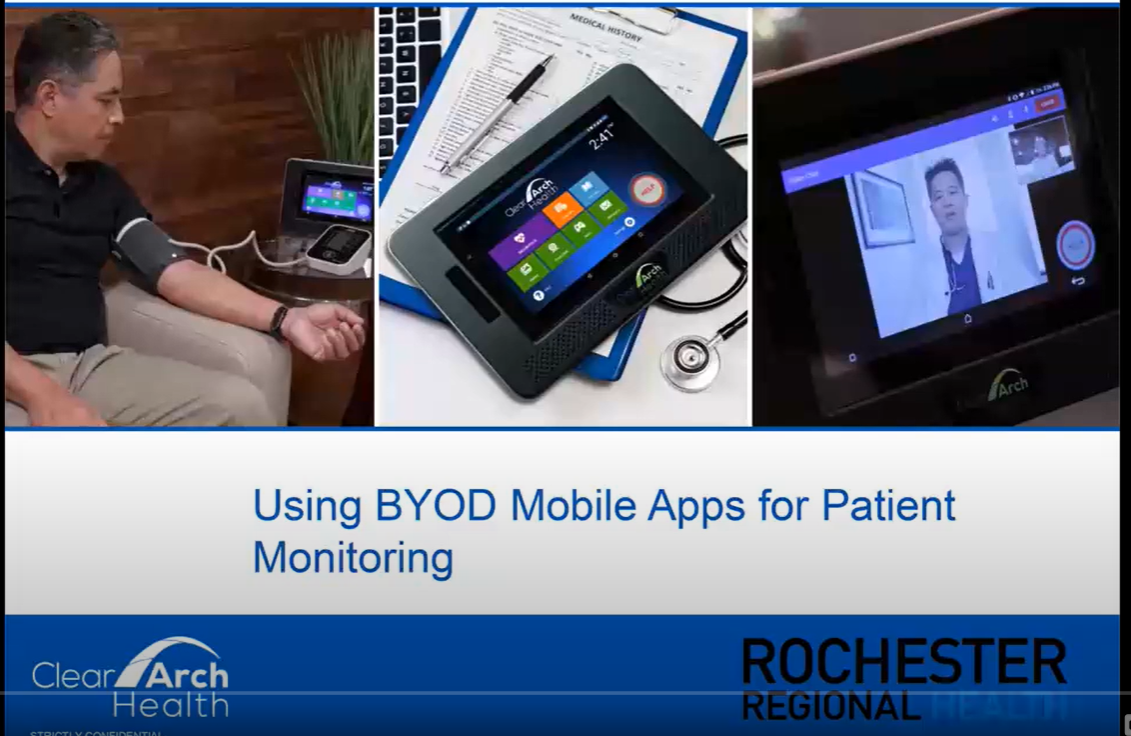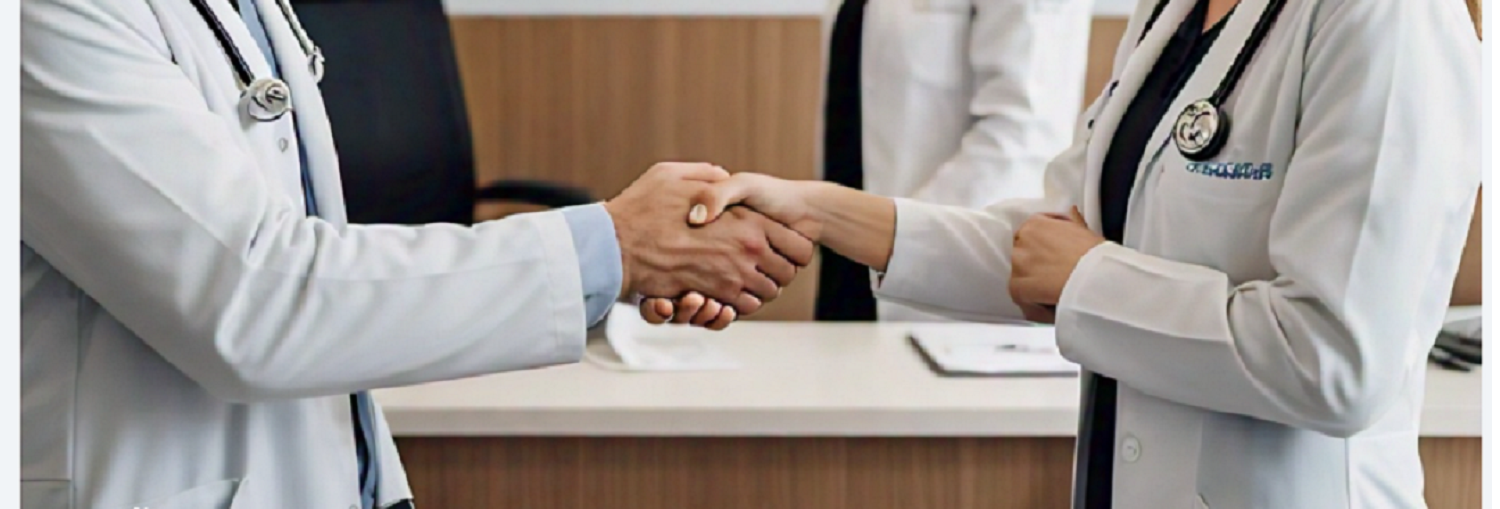Introduction:
Effective communication between patients and healthcare providers is crucial for ensuring optimal patient care. This is no different when it comes to virtual healthcare modalities.
With ongoing advancements in healthcare technology, remote patient monitoring (RPM) continues to demonstrate efficacy as a powerful tool for enhancing patient/care team communication and improving patient outcomes.
In this blog post, Clear Arch Health will explore the various ways that RPM facilitates improved communication between patients and healthcare providers to enable productive interaction, proactive intervention and streamlined workflows.
We will also highlight the benefits of mobile health technology (namely, mobile health applications) for expanding access to care anytime, anywhere.
The Power of Remote Patient Monitoring
Remote Patient Monitoring (RPM) involves the use of digital technologies to collect patient data outside traditional healthcare settings. It allows healthcare providers to remotely monitor patients’ vital signs, symptoms, and overall health status using base hubs, wearable devices, personal emergency alerts, interactive tablets, mobile apps, and other monitoring tools. This proactive data transmission offers numerous benefits for both patients and healthcare providers.
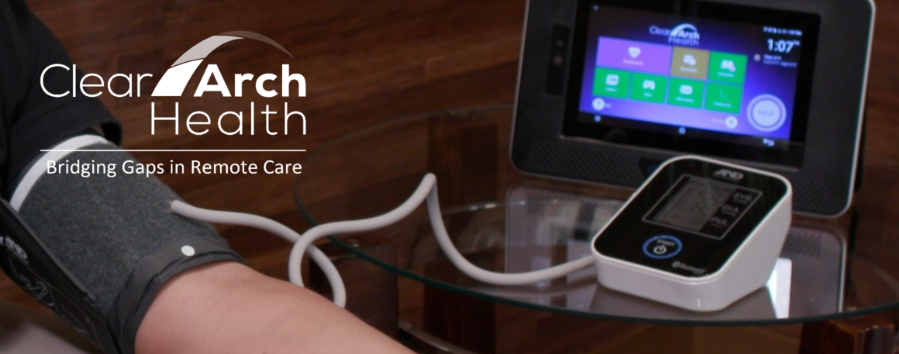
Improved Patient Engagement
RPM empowers patients by actively involving them in their own care.
Through the use of connected technologies, platforms, mobile applications and Bluetooth-compatible devices, patients can easily monitor their health parameters (such as heart rate, blood pressure, glucose levels, weight and more). This heightened awareness and involvement in health self-management enables patients to take positive measures and make appropriate changes in behavior for the benefit of their health and well-being.
Furthermore, RPM facilitates frequent communication between patients and care providers. Patients can share their health data, symptoms, and concerns with their healthcare team remotely, thus eliminating the need for frequent in-person visits. This regular feedback loop fosters a sense of collaboration and shared responsibility, enhancing patient engagement and overall satisfaction.
Medication Adherence
Strong evidence shows that many patients with chronic illnesses have difficulty adhering to their recommended medication regimen, with research confirming that poor communication among and between care providers and patients is often at the root of medication nonadherence.1
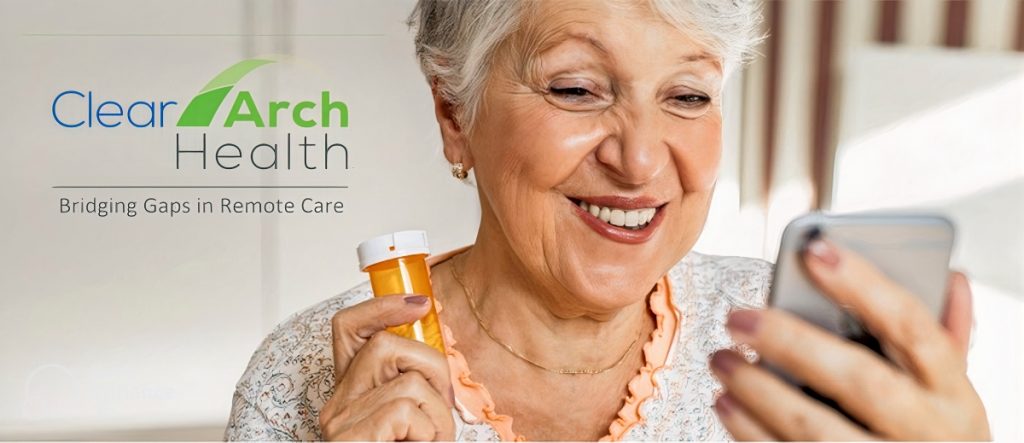
Remote monitoring (via mobile apps) has been shown to be an effective tool in reducing medication non-adherence. With video visits, 2-way communication, and live chat, care providers can communicate with patients easily, thereby contributing to improved adherence rates.
Timely Intervention and Preventive Care
RPM provides healthcare providers with real-time access to patients’ health data, enabling early detection of potential issues and timely intervention.
By remotely monitoring patients’ vital signs, healthcare providers can identify abnormal trends or indicators that may require immediate attention. They can proactively reach out to patients, adjust treatment plans, or recommend preventive measures to avoid any escalation of health conditions.
Enhanced Workflow Efficiency for Healthcare Providers
RPM streamlines the workflow for healthcare providers, allowing them to manage a larger patient population effectively. With remote monitoring capabilities which include intuitive clinical dashboards that deliver robust and actionable health data, care providers can remotely track and prioritize patients based on their specific needs.
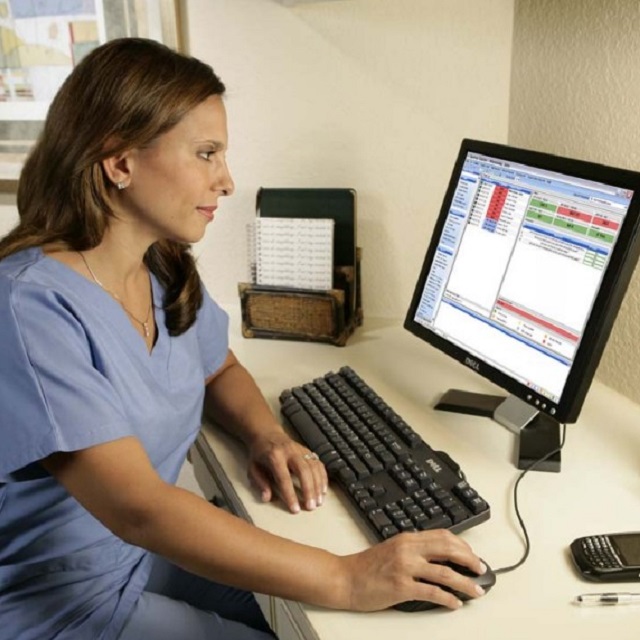
Providers can allocate their time and resources more efficiently, focusing on patients who require immediate attention or intervention. Optimized workflow not only improves patient care but also reduces the burden on healthcare systems and clinical practices, making them more sustainable in the long run.
Mobile Healthcare: Enabling Accessibility and Convenience
With a wider range of patient population groups adopting the use of smartphones and mobile apps to keep an eye on their health status, remote monitoring is becoming an increasingly convenient part of every day healthcare.
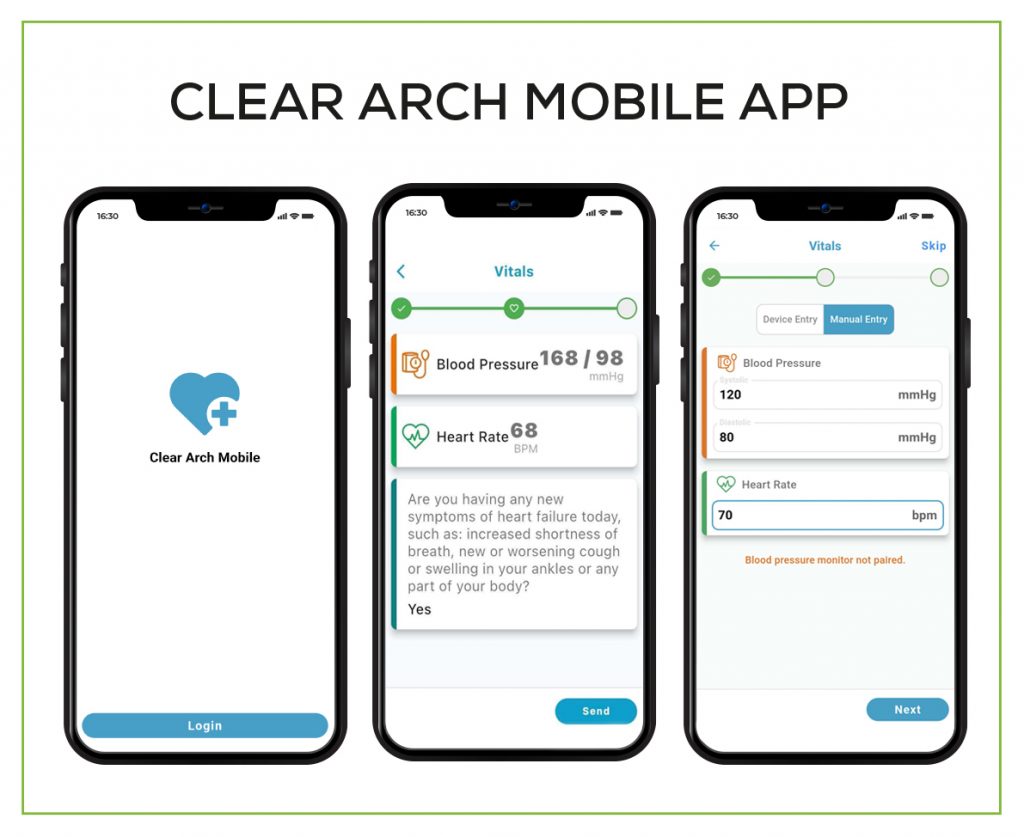
Mobile healthcare applications (or, mApps or mobile apps) allow patients to monitor their health, receive personalized reminders, access educational resources, and communicate with their care providers anytime, and anywhere, by simply uploading an app onto their smartphones.
This convenience eliminates geographical barriers and enables patients living in remote areas, or with limited mobility, to maintain access to quality healthcare services.
*Learn more about the Clear Arch Mobile app here.
Conclusion
Remote patient monitoring is transforming the way patients and healthcare providers communicate, improving patient engagement, and delivering more efficient care. By harnessing the power of technology and mobile healthcare, RPM enhances accessibility, empowers patients, facilitates timely intervention, and optimizes workflow efficiency for healthcare providers.
Embracing remote patient monitoring, with Clear Arch Health as your vendor and partner of choice, is one way care providers and healthcare entities may positively impact the quality of patient care and bolster patient compliance and satisfaction for the overall improvement of clinical outcomes.
1 Kripalani S, LeFevre F, Phillips CO, Williams MV, Basaviah P, Baker DW. Deficits in communication and information transfer between hospital-based and primary care physicians: implications for patient safety and continuity of care. JAMA. 2007 Feb 28;297(8):831-41. doi: 10.1001/jama.297.8.831. PMID: 17327525.
